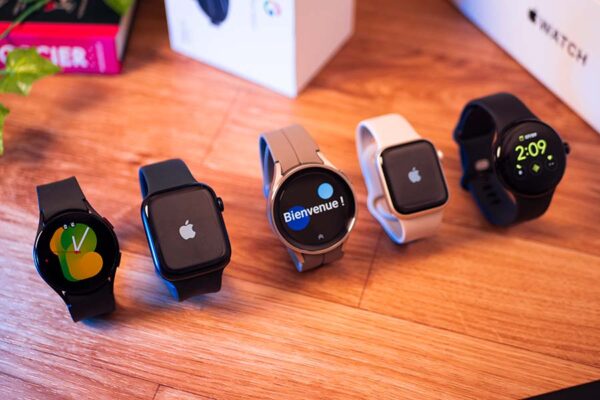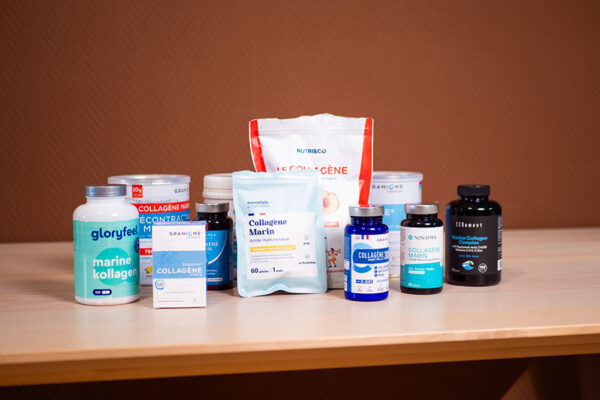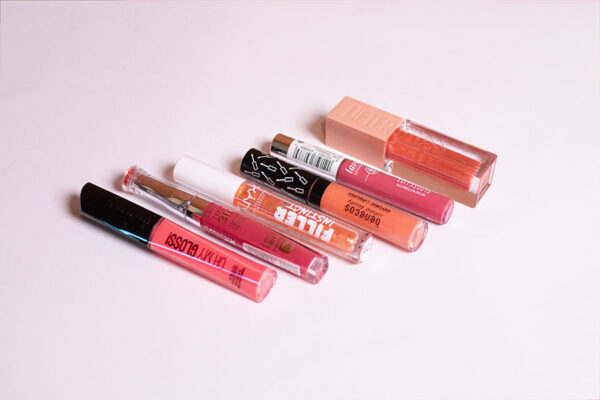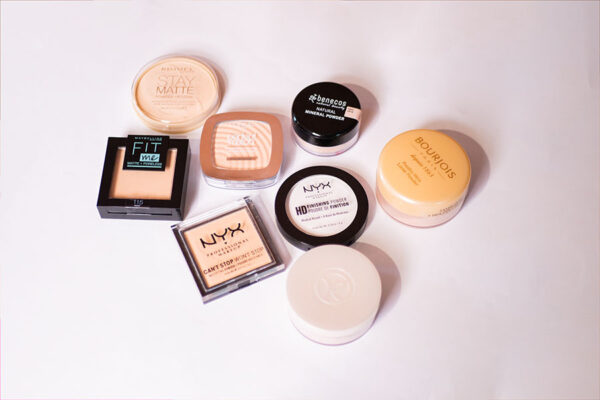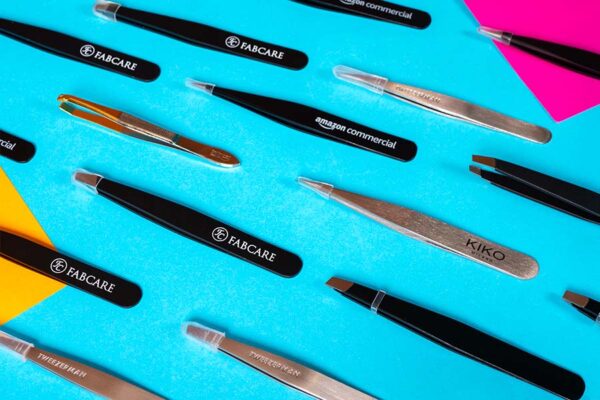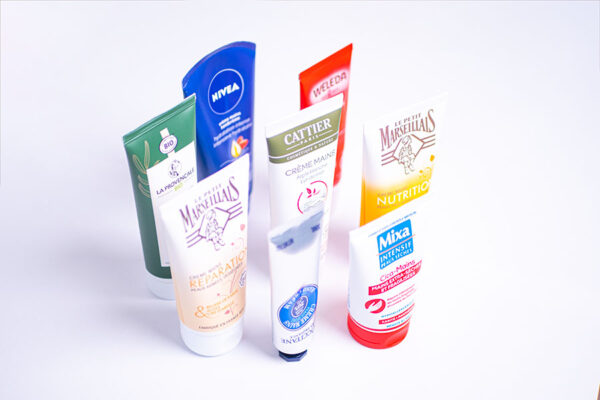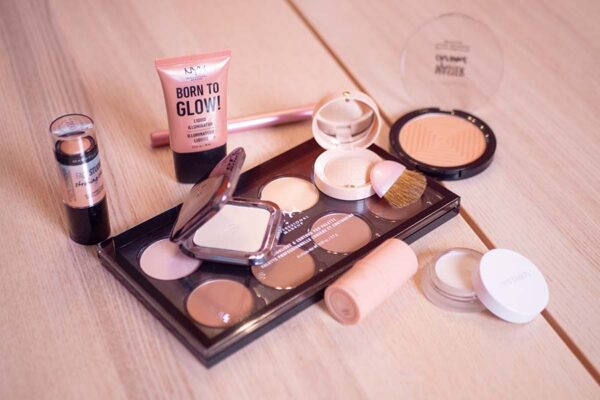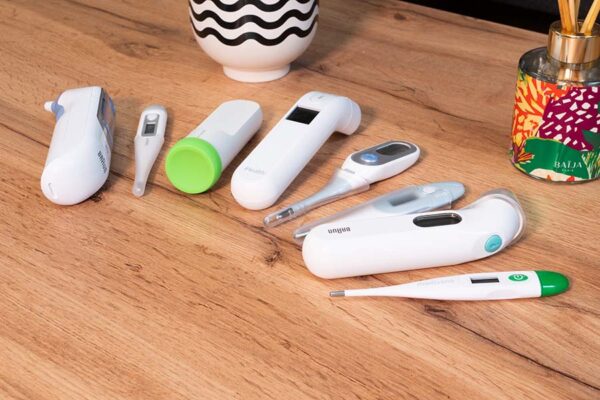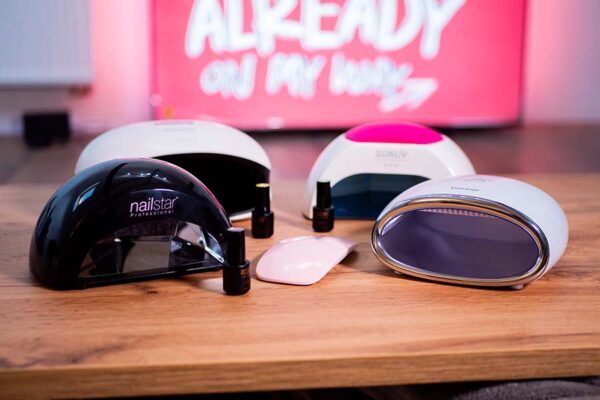Updated on 30 March 2023
Beurer BM 55
With a large backlit display and colour scale, it has a beautiful ergonomic design. As well as being reliable, it offers a rest assessment and can transfer your data to free software.

This clinically approved device uses the oscillometric method to monitor blood pressure and heart rate and provides an overall assessment of your rest (mental and physical). The colour scale next to the screen makes it easy to understand your results. In our test, we found the readings to be consistent. It also calculates morning and evening averages. In terms of ergonomics, it has a large, bright, backlit screen that provides a clear display in all environments. Overall, it is easy to use, although the touch buttons are sometimes a little unresponsive. It also stores two user profiles, each with up to 60 records. The USB port allows data to be transferred to the free Beurer HealthManager Pro software before it is deleted from memory. With a universal latex-free cuff, it fits any arm, and is very easy to install using the instructions in the manual and the false position indicator. It runs on 4 AAA batteries or mains power (optional adapter). Finally, the manufacturer provides a storage bag.
Omron X2 Basic
This basic unit is very reasonably priced and has few memory options. However, it is very accurate and easy to use and install.

This clinically validated upper arm blood pressure monitor uses 4 AA batteries and uses the oscillometric method to measure systolic and diastolic blood pressure, as well as heart rate. Compared to other models, we have found the results to be fairly reliable. The cuff fits arms from 22 to 32 cm in circumference, but there is also a version for thinner arms. However, those with very large arms may find the size a little tight. During our test, we found it very easy to put on, thanks to the roll-up guide in the manual and on the cuff. With only one button, it is also easy to use. The digital LCD on the housing is well-aligned and easy to read during the day. However, the lack of backlighting makes it difficult to read in the dark. However, the latest results are automatically stored in the unit’s memory. However, it only allows one user profile and only stores the most recent measurement.
Withings BPM Connect
Despite its high price, this networked model is both compact and accurate. Its built-in display is very practical, as is its battery life. The application is well-developed and offers good support.

This nice connected upper arm blood pressure monitor is compact. The cuff is easy to put on, but if you have thin arms you may be bothered by the hanging part of the cuff. You can choose between a single blood pressure reading or a triple reading (including heart rate). If the three readings take longer, the device is very accurate using the oscillometric method. In addition, the results are easy to interpret thanks to the coloured LED indicator on the small built-in display. The display can be read at all times, but you have to tilt your head slightly to read the information. With just one button, the device is very easy to use and registers up to 8 users with unlimited data storage in the Health Mate app (via Wi-Fi or Bluetooth). In our opinion, the app is complete, if not the most intuitive. It is also compatible with other popular health/fitness apps, allowing you to centralise your data. You can also send your data directly to your doctor. The other big advantage is that it works with a rechargeable battery, which is more convenient, especially as its autonomy is satisfactory.
Omron X3
It’s a safe bet in terms of accuracy, but that’s not all: the ease of installation, the small number of user-profiles and the practical buttons are also its strong points.

This arm model is powered by four AA batteries and uses the clinical oscillometric method. It measures blood pressure and heart rate and alerts you to any abnormalities. It consists of a case and a universal-size cuff (from 22 to 42 cm circumference) with Intelli Wrap technology, which provides a larger contact area with the arm. This makes it easy to fit, thanks to the roll-up guide and false position detectors. True to form, the brand delivers fairly accurate measurements. It supports two user profiles and automatically stores up to 60 data points for each. You can see the average of the last measurements, and there is also a guest mode. The LCD screen is large and easy to read but lacks backlighting, which makes it difficult to read in dark places. We would also have liked to see a colour code to make the results easier to interpret. Nevertheless, we found it easy to use during our test, thanks to the identifiable buttons. Finally, the supplied pouch makes it easy to store and transport.
QardioArm Wireless
This wireless device has an excellent application that makes up for the lack of a screen. Among its other advantages, it is compact, easy to use and, above all, very accurate to accompany you in your daily life.

Approved by healthcare professionals, this connected, arm-worn model uses the oscillometric method to measure blood pressure (systolic and diastolic) and heart rate. With no screen, it does not work without an app, but it provides consistent results and is colour coded to help interpret results on the Qardio app. The data is automatically stored in the app unless you choose not to, and you can access the averages. It is also possible to add a manual measurement. In our test, we found the app intuitive and very easy to use, with the ability to set reminders or share your data with your doctor. Although it’s a little shorter than most, the cuff is easy to put on, and it’s relatively compact for storage. The monitor supports up to 8 users and offers unlimited readings, with a visitor mode for occasional readings from others. Finally, it runs on 4 batteries supplied by the brand.
Our selection
Our choice, Best mid-range Best Budget Best high-end Mid-range alternative High-end alternative 




Beurer BM 55 Omron X2 Basic Withings BPM Connect Omron X3 QardioArm Wireless With a large backlit display and colour scale, it has a beautiful ergonomic design. As well as being reliable, it offers a rest assessment and can transfer your data to free software. This basic unit is very reasonably priced and has few memory options. However, it is very accurate and easy to use and install. Despite its high price, this networked model is both compact and accurate. Its built-in display is very practical, as is its battery life. The application is well-developed and offers good support. It's a safe bet in terms of accuracy, but that's not all: the ease of installation, the small number of user-profiles and the practical buttons are also its strong points. This wireless device has an excellent application that makes up for the lack of a screen. Among its other advantages, it is compact, easy to use and, above all, very accurate to accompany you in your daily life. £ 59.98 on Amazon £ 19.33 on Amazon £ 119.95 on Amazon £ 69.99 on Amazon See the price on Amazon
Selectos compares and tests hundreds of products to help you buy better. We sometimes receive a commission when you buy through our links, which helps fund our work. Learn moreWhy trust us ?
How did we do the testing?
To begin with, we measured our blood pressure every morning on an empty stomach at a specific time to compare the reliability of each model and the consistency of the results. Then we took into account their general ergonomics (ease of installation of the cuff or wristband, number of user profiles, screen quality, interpretation of results, number of buttons, ease of use, etc.) and the time to calculate each measurement.
Concerning the options, we focused on the data storage capacity, the type of measurements evaluated and the application. In addition, we looked at the power supply and connectivity of each model. Finally, to a lesser extent, we took into account their size.
How to choose a blood pressure monitor?
Home blood pressure monitors are particularly useful for people with high or low blood pressure, heart disease, or simply if you are interested in monitoring your cardiovascular health. Like the medical thermometer, it can be a good thing to have in your medicine cabinet.
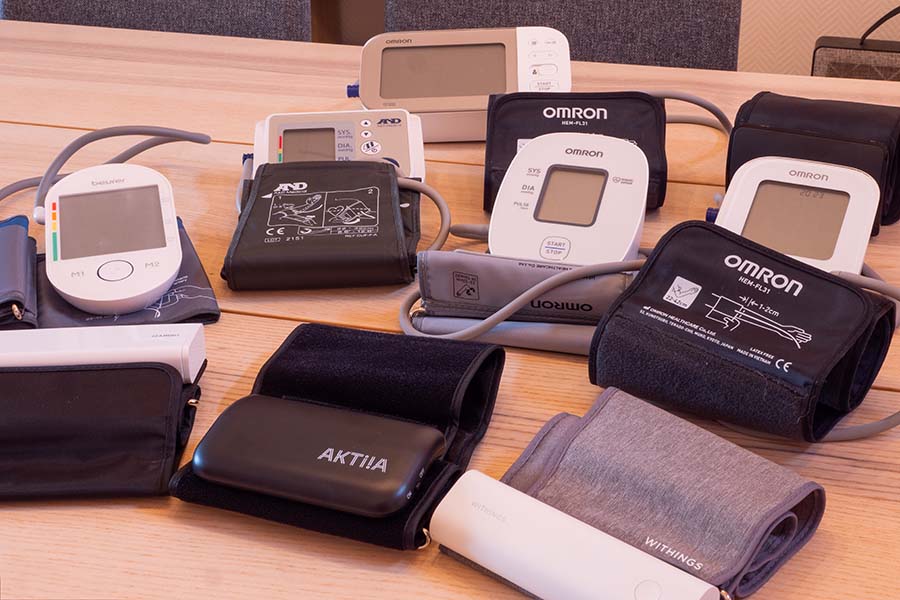
To understand the different models and their various functions, it is necessary to take into account some essential information before making a purchase.
First of all, there are two main types of electronic sphygmomanometers – the manual ones are often considered obsolete nowadays:

- Upper arm blood pressure monitor: equipped with a cuff and a case, it works automatically and is placed above the elbow. Its screen, often large, makes it easy to read the readings. As good positioning is essential for reliable data collection, more and more models are equipped with technology that ensures ideal positioning. These are the models preferred by health professionals as they are known to be reliable. The latest blood pressure monitors sometimes combine the cuff and case into one unit – so they take up very little space.

- Wrist blood pressure monitors: Smaller and, therefore, easier to wear, this type of monitor takes the form of a wristband with a small screen. As they are placed further away from the heart, they may be less reliable. Finger monitors are similar to wrist monitors, but are less common and slightly less accurate.
With this in mind, here is some information to consider regarding the features offered:
- Measured data: Blood pressure monitors systematically provide three types of data. Systolic pressure is the pressure when the heart contracts. This is the highest pressure. Diastolic pressure is the lower pressure when the heart is relaxed. Finally, the pulse rate, or the number of heartbeats per minute, is also measured. Most of today’s models also have an arrhythmia detector to warn you of irregular heartbeats.

- Cuff size: For more reliable measurements, it is important to ensure that the cuff is positioned correctly, neither too loose nor too tight. Many blood pressure monitors are now equipped with technology that ensures correct cuff positioning. Many brands offer a universal cuff size (from 22 to 42 cm arm circumference), while others offer several sizes (usually from S to XL).

- The display: Ideally, the screen should be large enough and well-lit – ideally even backlit – especially if the user has poor eyesight. Colour coding often makes it easier to understand the data.

- The number of users and memory: The more data the device can store, the easier it is to monitor your health. It is generally possible to store the last 30 to 100 measurements. If you want to use the monitor with more than one person, most current models allow this.

- Connectivity: The most advanced (and often most expensive) models allow you to synchronise your data with a mobile application. This feature can be useful for tracking your progress and making various calculations and comparisons. Just make sure you can pair it with your current smartphone!

- Power supply: For greater freedom of movement and ease of use, most models are battery-powered. If you find this solution too power-hungry and environmentally unfriendly, you can often buy an adapter to use the monitor on the mains. Unfortunately, this adapter is almost always sold separately.
Other recommended models
A&D Medical UA-767F (£46.79 upon publication): Accurate and easy-to-understand readings. This clinically proven upper arm blood pressure monitor comes in 2 cuff sizes to fit all arms. It is easy to install thanks to its many indicators. The device measures blood pressure and heart rate, taking into account the time of each measurement. In our test, we got the results quickly and found them to be fairly consistent and accurate. The digital display is clear and large, but not backlit. The colour scale (according to WHO) makes it easy to translate and understand the data displayed. It supports up to 4 users and stores the last 60 readings for each user with averages. Its various buttons are, in our opinion, easy to understand. Finally, it runs on batteries or mains power (adapter optional) and the carrying case supplied is practical. On the other hand, we found the swelling sometimes painful.
Omron X7 (£74.87 upon publication): Omron reliability, but a poor connection. Although the design is rather bulky for a wired model, the pre-shaped cuff is easy to put on. It includes 2 user profiles and stores up to 100 data points for each user. There is also a guest mode for occasional users. You can view weekly, morning or evening averages. According to our results, the measurements appear to be consistent. The digital LCD is easy to read, except in the dark (no backlight). The data is automatically synchronised with the Omron Connect application, which allows you to interpret the data and is compatible with other fitness applications. However, some of the app’s options require a premium subscription, which adds to the price of this already expensive monitor. We also experienced pairing difficulties during our test and recurrent loss of connection during use, resulting in sync errors.
Aktiia (£202.74 upon publication): A wrist blood pressure monitor for 24/7 monitoring. This durable (9-day battery life), lightweight, discreet and comfortable wristband automatically measures your blood pressure every 2 hours (day and night). For setup, it comes with a cuff that is easy to put on. In our test, we found the heart rate and diastolic blood pressure measurements to be fairly consistent. The systolic blood pressure, however, was a little too high compared to others. We also regretted the impossibility of measuring at a precise moment or of inserting a manual measurement. Moreover, there is no screen, so a smartphone is needed to access the results. The data is automatically synchronised on the application and you can share it directly with your doctor. The app is user-friendly and interesting in our opinion. However, the bracelet is not water resistant and the price is very high.
Other model tested
Omron Evolv (£97.00 upon publication): This compact blood pressure monitor has an interesting application. However, we found it very difficult to pair. Not only is it expensive, but some options require an additional subscription, and there is only one user profile on the app.
Translated by Ramsés El Hajje

